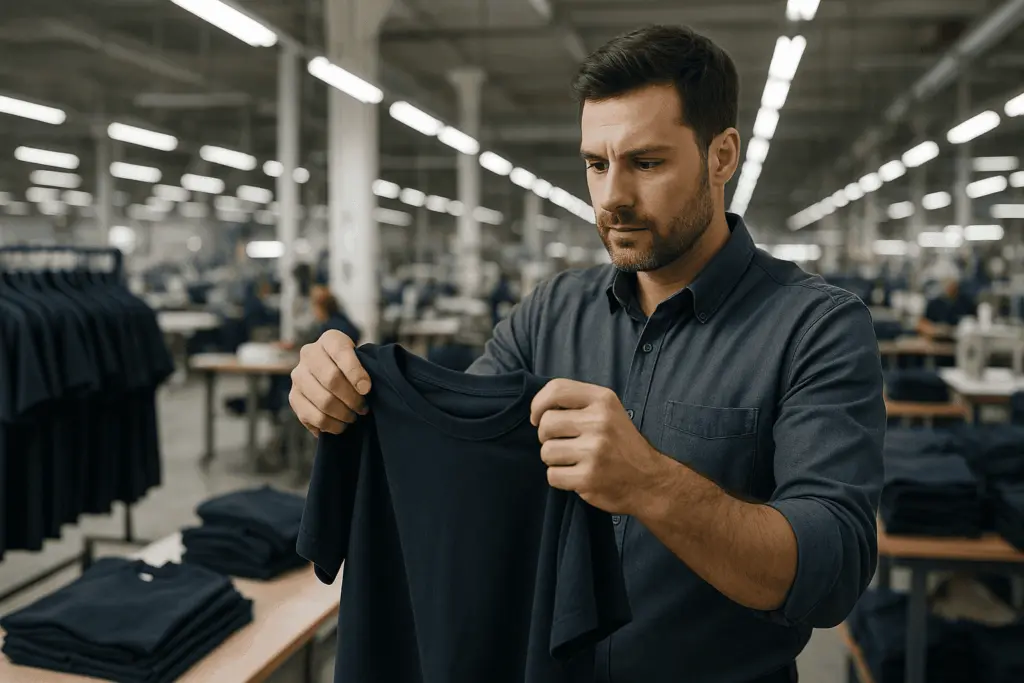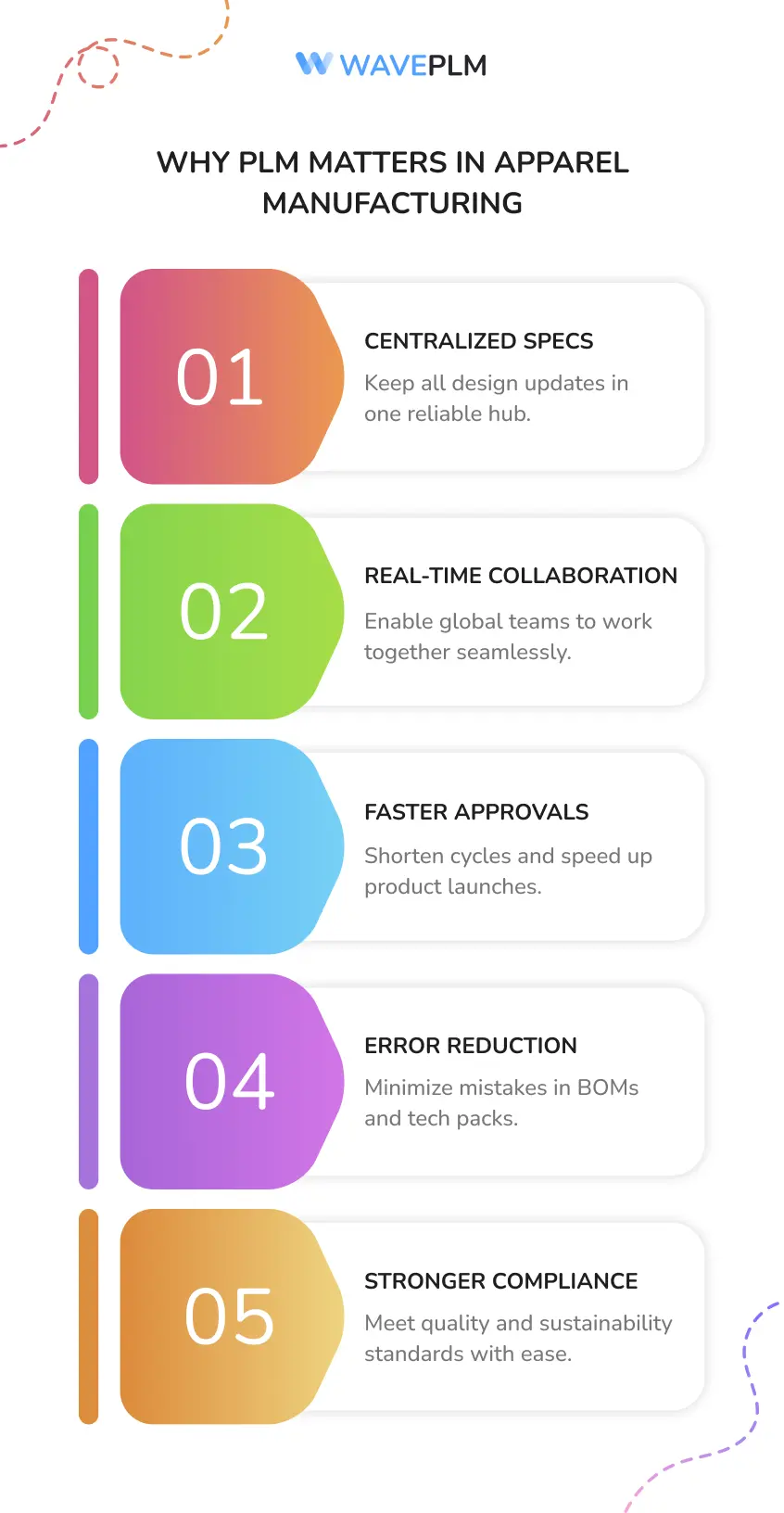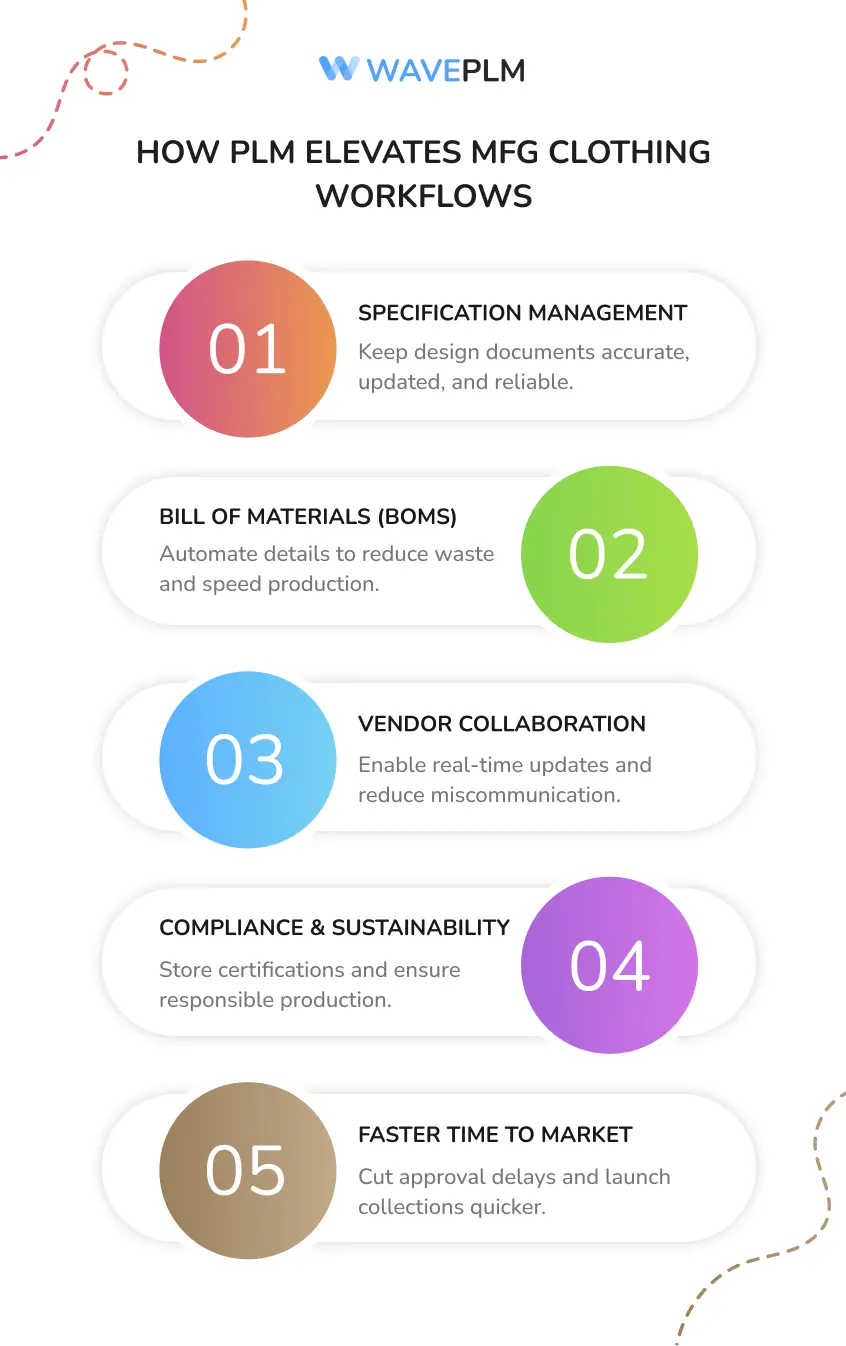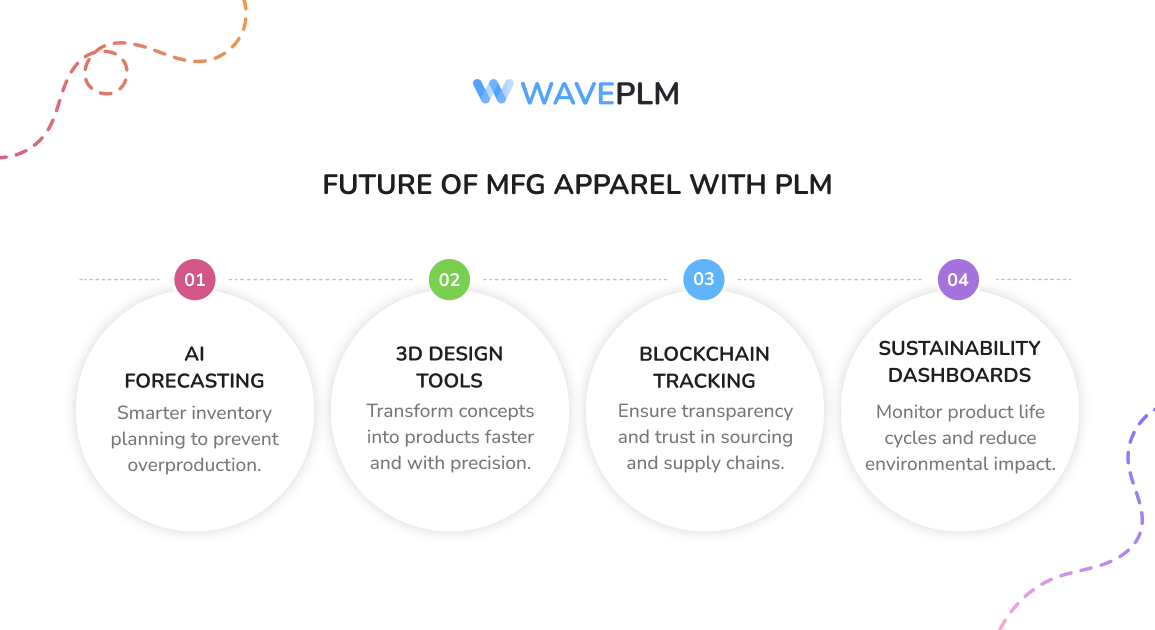
The MFG apparel and clothing sector depends on speed, precision, and adaptability. Today, brands must balance global competition, sustainability, and rising consumer expectations. Success in apparel manufacturing requires more than skilled teams—it demands advanced digital tools. One of the most impactful solutions is PLM software.
What is MFG Apparel?
MFG apparel refers to the processes of clothing manufacturing, from sourcing fabric to delivering high quality garments. Each step requires consistency, speed, and attention to detail. Without structured systems, production often suffers from errors, wasted resources, and delays. PLM apparel systems ensure that these workflows stay efficient and accurate.
Why PLM Matters in Apparel Manufacturing
PLM apparel software acts as a central hub, connecting design, sourcing, production, and delivery. For MFG clothing, this means fewer mistakes and stronger collaboration. Benefits include:
- Centralized specifications and design updates.
- Real-time collaboration for global teams.
- Faster approval cycles when launching new products.
- Reduced errors in BOMs and tech packs.
- Better compliance with quality and sustainability standards.

Challenges in Apparel Manufacturing
Apparel manufacturing has many challenges that brands must overcome:
|
Challenge |
Impact on MFG Apparel |
|---|---|
|
Inconsistent data |
Production errors and rework |
|
Long lead times |
Missed arrivals and sales opportunities |
|
Vendor communication gaps |
Delays in orders and quality issues |
|
Sustainability demands |
Increased compliance checks and costs |
|
Manual workflows |
Slower speed and higher risk of mistakes |
How PLM Elevates MFG Clothing Workflows
PLM apparel tools transform garment production management by bringing all information into one form. Let’s follow how it works:
1. Specification Management
Spec sheets are the blueprint of apparel design. PLM ensures documents are accurate and updated, giving teams and clients confidence in the results.
2. Bill of Materials (BOMs)
A BOM outlines fabric, trims, and cut details. Automated BOMs reduce waste and speed production.
3. Vendor Collaboration
Strong vendor services are vital for quality. PLM platforms allow vendors to bring updates directly into the system, reducing miscommunication.
4. Compliance and Sustainability
PLM supports sustainability by storing certifications, audit results, and sourcing details. This helps brands ensure responsible production and elevate standards.
5. Faster Time to Market
PLM apparel systems cut approval delays and speed up delivery. This gives brands the edge when launching new collections.

Real-World Example: Denim Collection
Consider a brand launching a denim collection. Without PLM, spec sheets get lost, embroidery or screen printing instructions are unclear, and approvals take too long. With PLM:
- Designers upload specs and design updates in real time.
- Vendors find accurate embroidery and screen printing details.
- BOMs cut errors by linking directly to product data.
- Clients receive consistent updates on progress.
- Delivery aligns with planned arrivals, boosting sales.
Result: The denim line launches faster, at lower cost, with better quality.
Benefits of PLM in MFG Clothing
|
Benefit |
Description |
|
Reduced lead times |
Faster approvals and smoother orders |
|
Cost savings |
Less waste and fewer mistakes |
|
Quality consistency |
High quality garments built with accurate data |
|
Strong vendor relations |
Transparent collaboration and services |
|
Sustainability |
Easier compliance and eco-friendly practices |
Integrating PLM With Clothing Manufacturing Software
PLM integrates with ERP, CAD, and other apparel production systems. Examples include:
- CAD sending designs and cut instructions directly to PLM.
- ERP syncing inventory and orders.
- Manufacturing software updating progress in real time.
This integration ensures brands follow one vision and avoid data silos.
Future of MFG Apparel With PLM
The future of MFG apparel is digital-first. Trends include:
- AI forecasting to manage inventory and avoid overproduction.
- 3D design tools that bring concepts to life faster.
- Blockchain tracking to ensure transparent sourcing.
- Sustainability dashboards to monitor life cycles of products.
With PLM, brands can elevate efficiency, build better products from scratch, and ensure perfection in every launch.

Conclusion
MFG apparel must evolve to keep pace with consumer demands. PLM apparel software helps brands design smarter, manage production better, and deliver with confidence. By centralizing data, strengthening teams, and supporting sustainability, PLM transforms the life of apparel manufacturing. Brands that choose PLM now will earn lasting success.





Leave a Reply